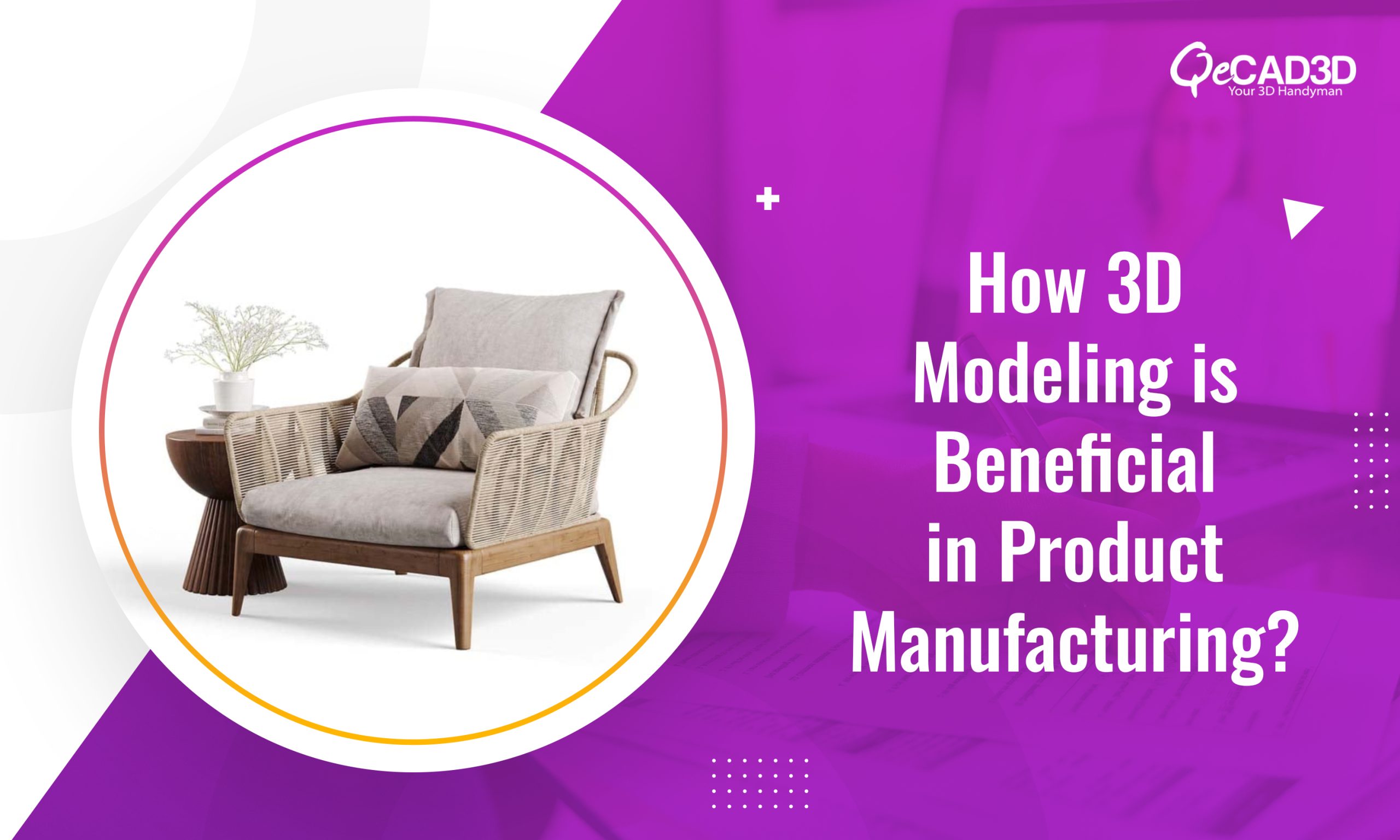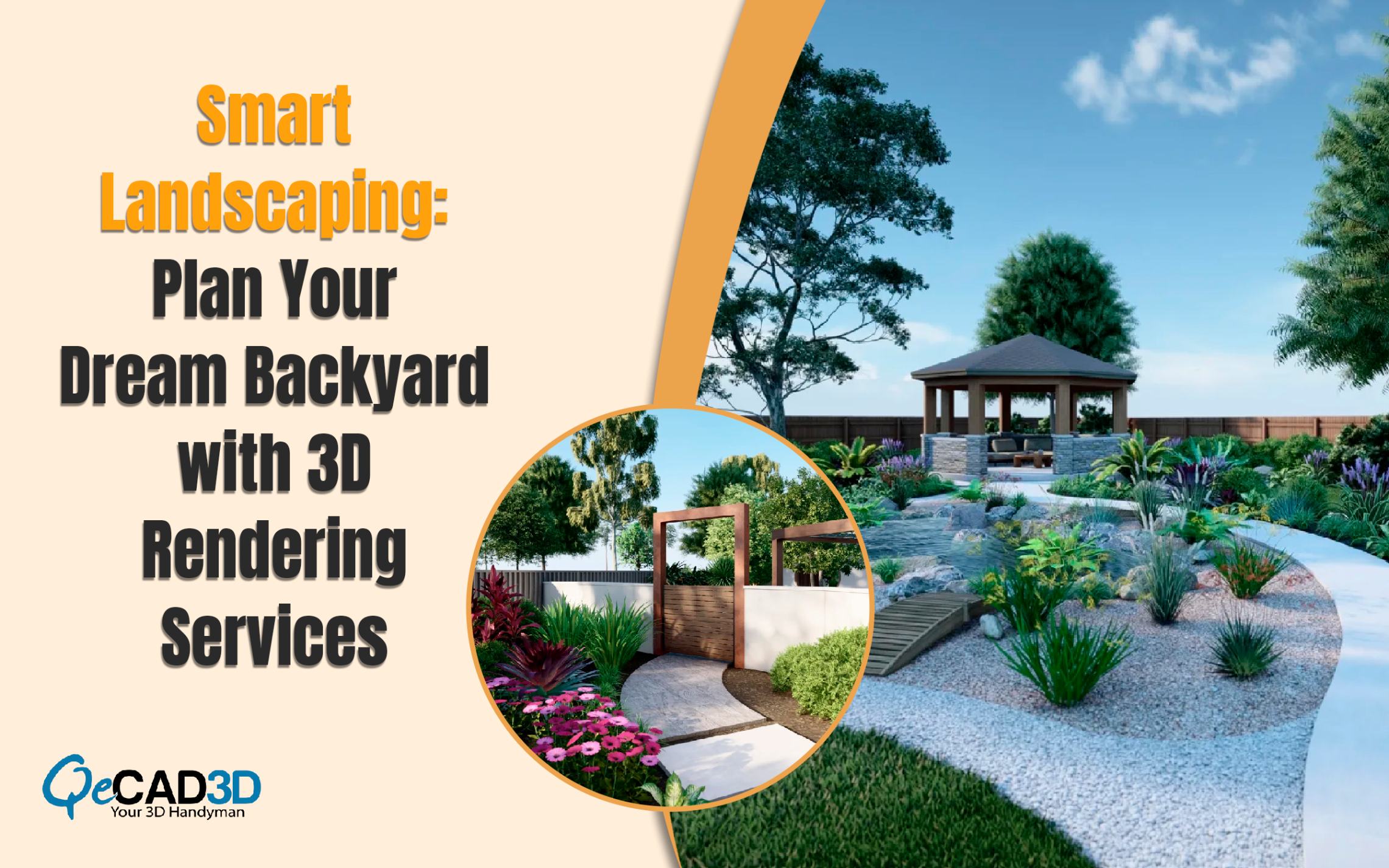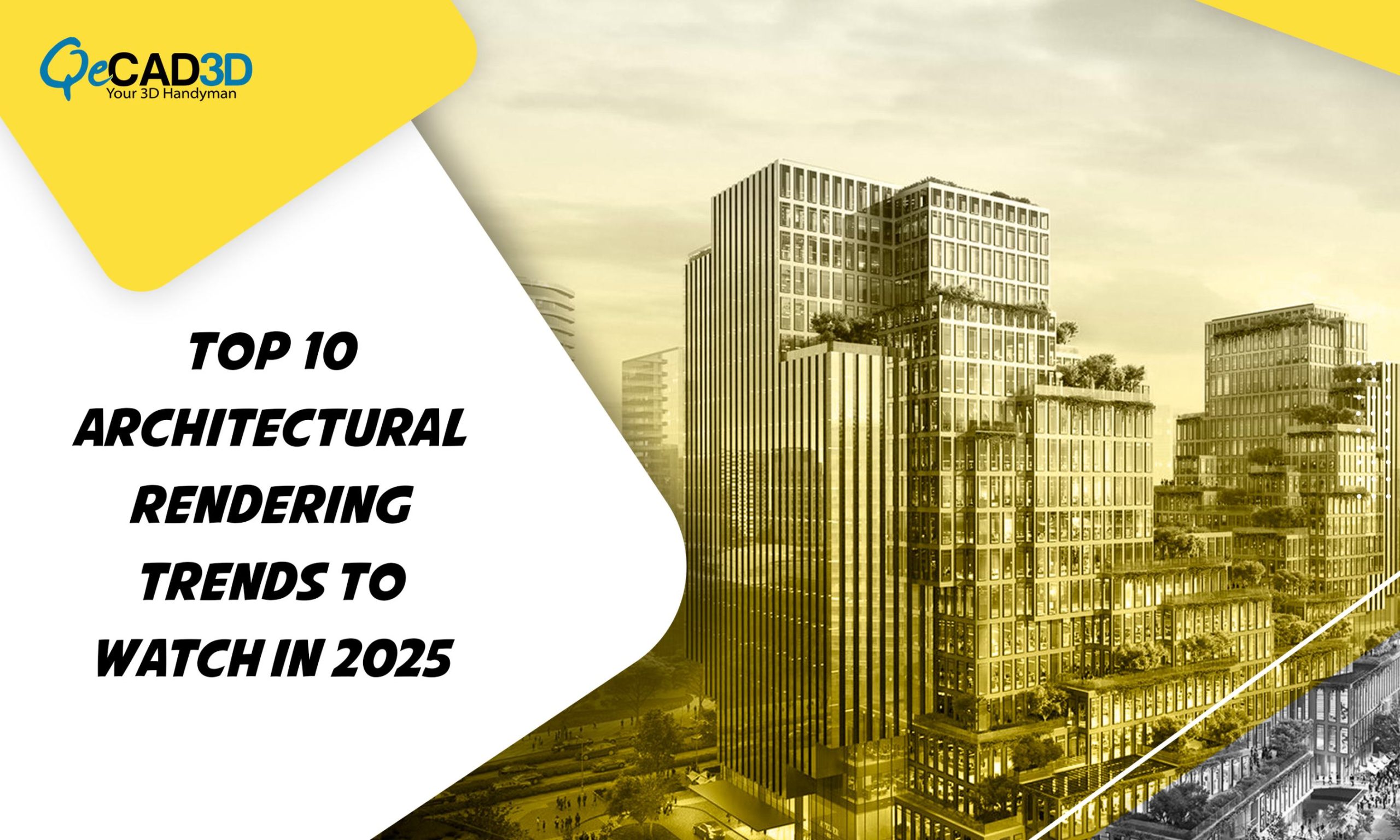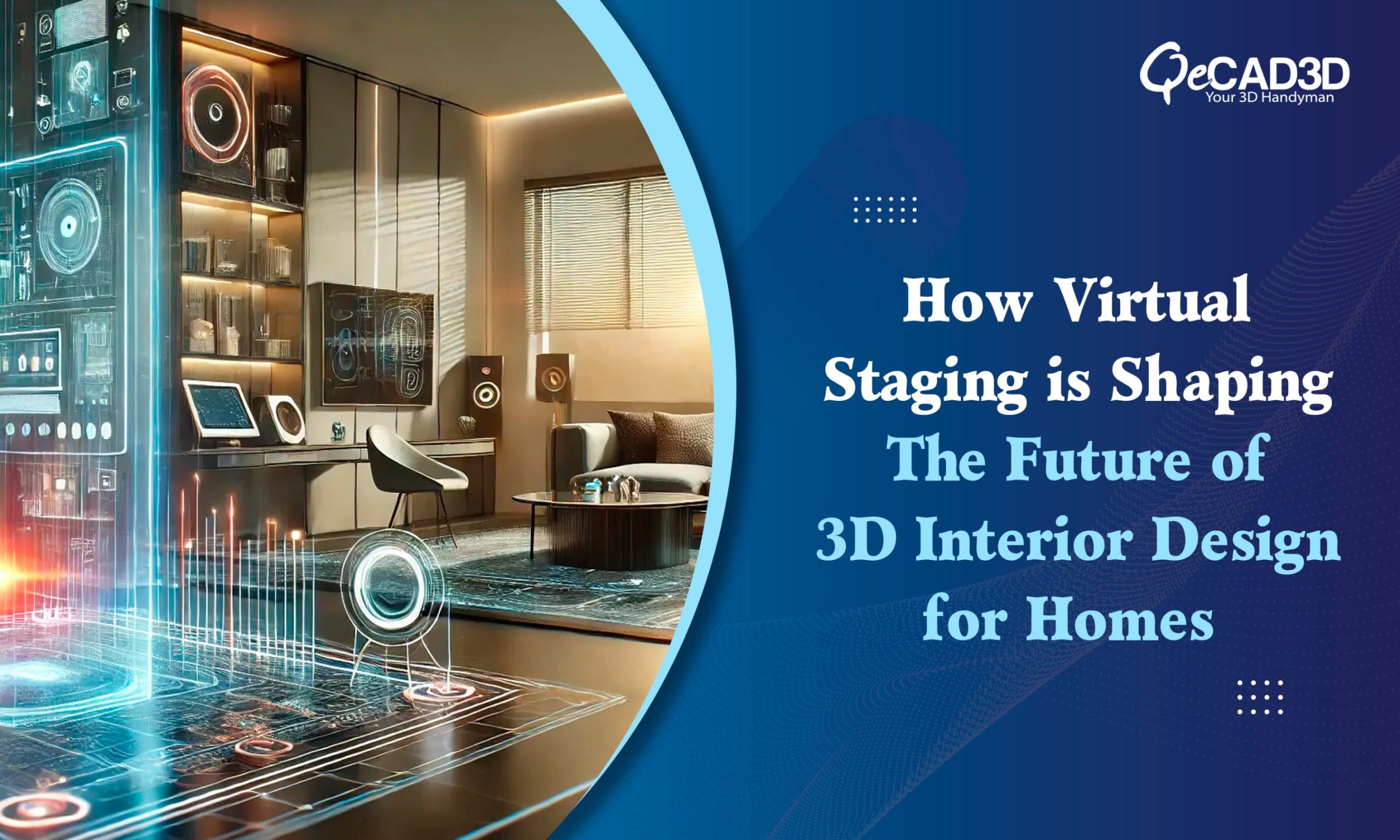How 3D Modeling is Beneficial in Product Manufacturing?
When we look around today, every industry is stepping in the era of innovation. The way we plan, the way we demonstrate, the way we interact, everything has changed. People are adapting technology to ease everything out and manufacturing industry is no exception. Manufacturing industry has also adapted the new methodology and technology to ease out their processes right from the design to final production to marketing.
The product manufacturing requires precision, efficiency, and adaptability. Traditional design methods are no longer sufficient to address the evolving needs of the industry. Enter 3D modeling, a technology that has revolutionized the product design and development across sectors.
But why is 3D modeling so critical for the product manufacturing industry? Let’s delve into the reasons.
1) Enhanced Visualization and Conceptualization
A key benefit of 3D modeling is its capacity to deliver a detailed, visual illustration of a product before it is manufactured. It is an important aspect of Product Rendering Services which allows designers, engineers as well as the stakeholders to see the product from all angles thereby offering a much more comprehensive view than 2D drawings.
- Realistic Representation: With 3D models, companies can visualize the finished product in a highly realistic manner. This facilitates improved decision-making regarding the design adjustments, aesthetics, and functionality.
- Early Detection of Design Flaws: 3D models highlight potential design flaws or inconsistencies early in the process, allowing for adjustments before moving to the production stage.
2) Improved Communication and Collaboration
3D models serve as a universal language between the designers, engineers and manufacturers. With this technology, communication becomes clearer ensuring that all parties are aligned on design goals and functionality.
- Cross-Department Collaboration: 3D models bridge the gap between different teams—designers, product managers and manufacturing teams can collaborate more effectively by referring to the same model.
- Client Engagement: The clients can view and provide feedback on the 3D model of their product in real-time.
3) Faster Prototyping and Iterations
In the manufacturing industry, time is of great essence. The ability to iterate on designs quickly is important. With 3D modeling, companies can rapidly create prototypes, test them virtually and even make necessary adjustments before the physical production.
- Virtual Prototyping: 3D models can be used to simulate how a product will behave under certain conditions. This minimizes the need for multiple physical prototypes, which conserves time and reduces material costs.
- Cost-Effective Iteration: If design changes are required, 3D models allow for quick adjustments without the need for starting from scratch. This flexibility speeds up the iteration process.
4) Precision and Accuracy in Design
3D modeling allows manufacturers to achieve a level of precision that would be difficult to obtain through the traditional design methods. This accuracy is essential in industries where minor errors can lead to significant losses.
- Minimized Errors: By working with a 3D model, engineers can ensure that all parts fit together perfectly thereby avoiding issues in the assembly line or final product.
- High Level of Detail: 3D modeling software enables the creation of complex designs with exceptional detail. This level of precision is particularly advantageous for sectors such as aerospace, automotive and medical device manufacturing.
5) Seamless Integration with CNC and Additive Manufacturing
Contemporary manufacturing technologies like CNC machining and 3D printing heavily depend on 3D models for precision. These models serve as blueprints for machines, guaranteeing that every product is created to exact specifications.
- CNC Machining: For Computer Numerical Control (CNC) machines, 3D models provide the precise data needed to shape and cut materials with minimal human involvement.
- Additive Manufacturing: 3D printing, which constructs products layer by layer, relies heavily on 3D models. Without them, additive manufacturing wouldn’t be possible.
6) Streamlined Design to Manufacturing Process
The shift from design to manufacturing has become more streamlined thanks to 3D modeling. Manufacturers can use these 3D models to create tools, molds, and fixtures that perfectly matches the design ultimately reducing the time and costs involved in setting up production.
- Reduced Lead Times: 3D modeling allows for the direct creation of manufacturing plans reducing the lead time between the design and production.
- Automation: 3D models can be used with automation technologies, speeding up the production and reducing manual errors.
7) Sustainability and Resource Efficiency
Sustainability is becoming an essential consideration in manufacturing and 3D modeling plays a significant role in reducing the waste and improving the resource efficiency.
- Material Optimization: 3D models help manufacturers to optimize the material usage by allowing precise measurements and reducing the trial-and-error methods.
- Eco-Friendly Prototyping: Since virtual models reduce the need for multiple physical prototypes, there is less material waste thereby contributing to more eco-friendly practices.
8) A Powerful Tool for Marketing
Beyond the engineering and design benefits, 3D modeling has become an indispensable tool for marketing in the manufacturing industry. With consumers demanding more transparency and engagement, 3D models can elevate a company’s marketing strategy.
- Immersive Product Visualization: 3D models allow companies to create highly engaging visual content such as interactive 3D renderings or animations that can be used in marketing materials, websites and social media.
- Customer Customization: By using 3D models, companies can offer potential customers the ability to visualize and customize the products to their preferences enhancing the customer experience and driving conversions.
- Virtual Product Demos: Instead of static images or text-heavy brochures, companies can present their products with virtual demos that highlight key features in an interactive way, making it easier to communicate complex products and ideas.
3D modeling also helps create marketing materials that are much more captivating than standard approaches. Companies can offer virtual tours, product walkthroughs or simulations using top-notch Product Animation Services that help consumers to better understand and appreciate the product.
Conclusion: 3D Modeling is the Future of Product Manufacturing
The benefits of 3D modeling in the product manufacturing industry are clear. From improving the design accuracy and communication to reducing costs and lead times, 3D modeling provides manufacturers with the tools they need to stay competitive.
For manufacturing firms, embracing 3D modeling technology will be essential for driving innovation, sustainability and efficiency in product development.
Whether your company is involved in consumer products, automotive or medical devices, integrating 3D modeling into your workflow will not only enhance your design capabilities but also streamline your manufacturing processes.






